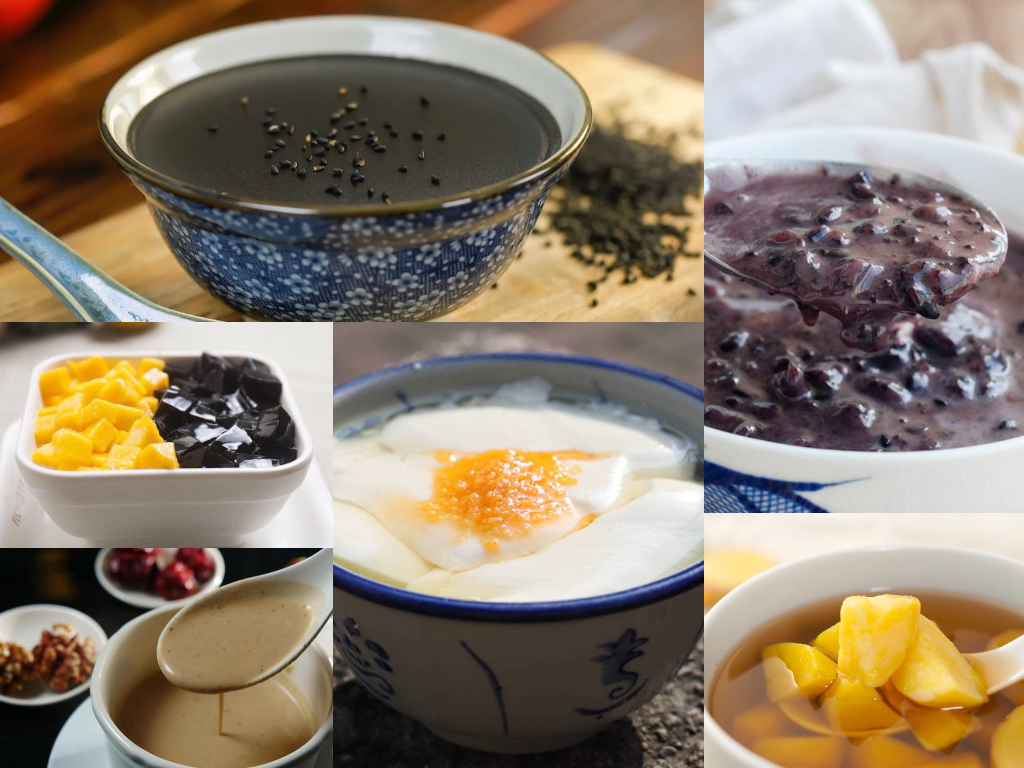6 Mins Read
When people think of desserts, cakes, ice cream, and pastries usually come to mind. But in Hong Kong, we’re blessed with delicious traditional Cantonese desserts that are known as tong sui (糖水), meaning “sugar water”, which can be served hot or cold depending on season. There are a surprising number of 100% plant-based desserts that have been passed down throughout generations, from one Cantonese family to the next. Here are 12 desserts in traditional Cantonese cuisine that have always been made vegan.
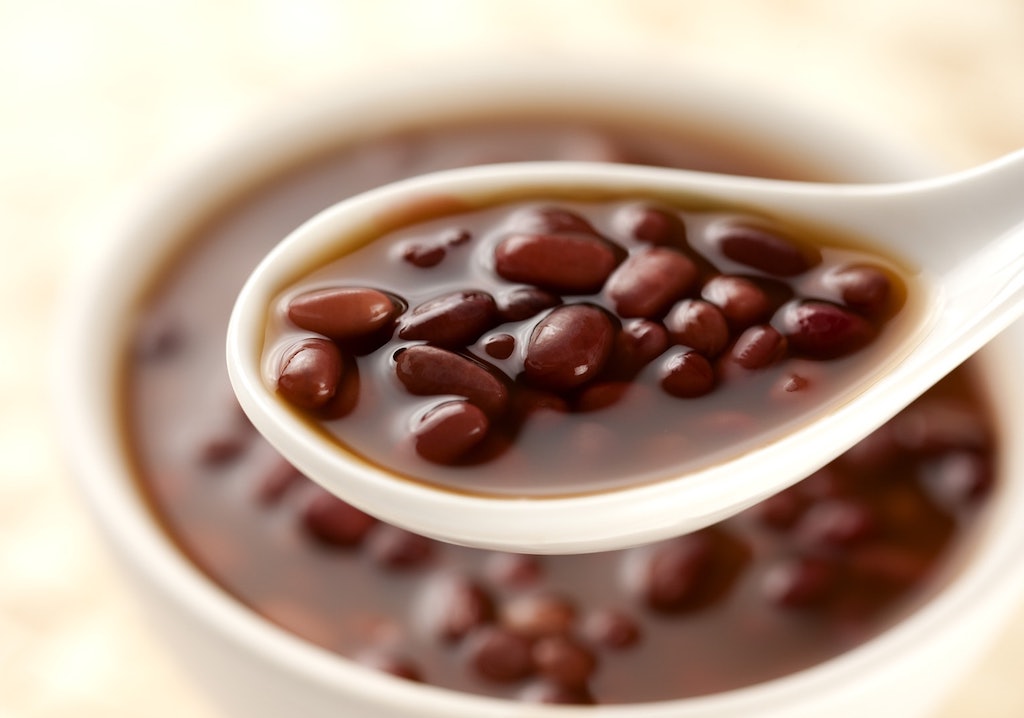
1. Red bean soup (紅豆沙) – hung dou saa
Red bean soup (hung dou saa) is one of the healthiest dessert choices there are! Adzuki beans, a species of small red beans, are cooked in sugar, water and tangerine peel. The texture is a little sandy, which is why its Cantonese name literally translates to “red bean sand”. Aside from being high in protein and fibre, this hearty dessert is said to help reduce bloating after a big meal.
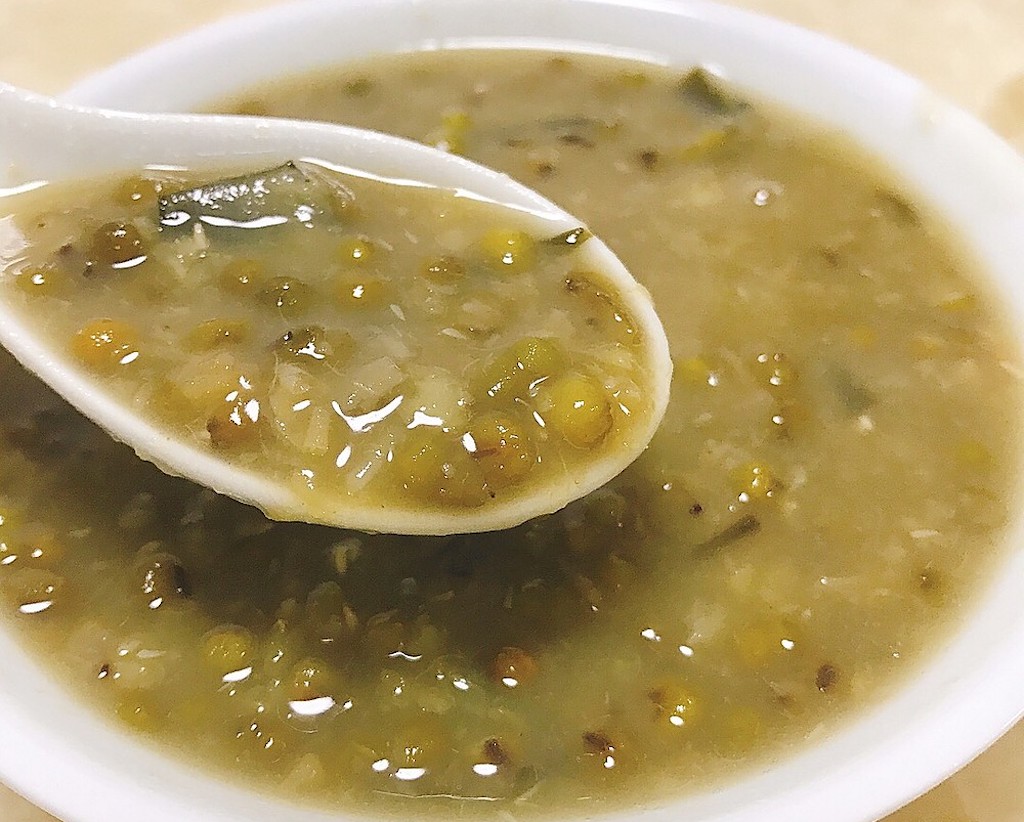
2. Green bean soup (綠豆沙) – luk dou saa
Green bean soup (luk dou saa) is very similar to its red counterpart, except that mung beans are used instead of adzuki beans. Usually served with some seaweed or kelp, this dessert is considered “cooling” according to traditional Chinese food therapy, making it the perfect summer meal finisher or snack. Aside from clearing heat, “green bean sand” is touted for its toxin-cleansing and blood pressure lowering properties.
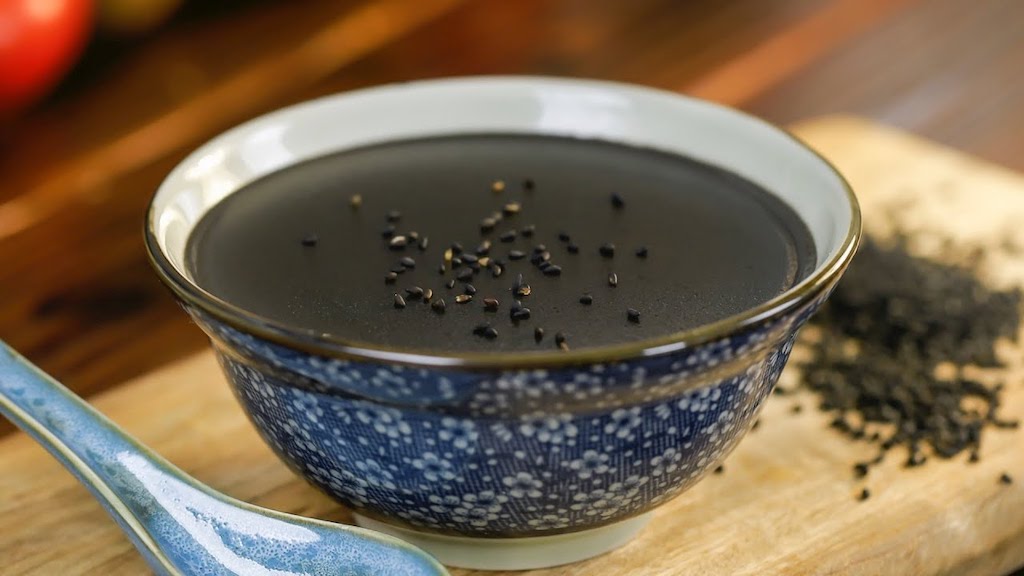
3. Black sesame soup (芝麻糊) – zi ma wu
This charcoal coloured dessert often tops the list when it comes to the tastiest Cantonese desserts around. It’s made with black sesame seeds, water, white or glutinous rice and sugar. The mixture is then ground into a paste, which is why it’s called “sesame paste” in Cantonese and sometimes sieved again for extra smoothness. It smells as incredible as it tastes, yet it ticks all the nutritional boxes for being rich in magnesium, calcium and iron. According to Chinese belief, this dessert is great for hair health and can improve kidney functioning.
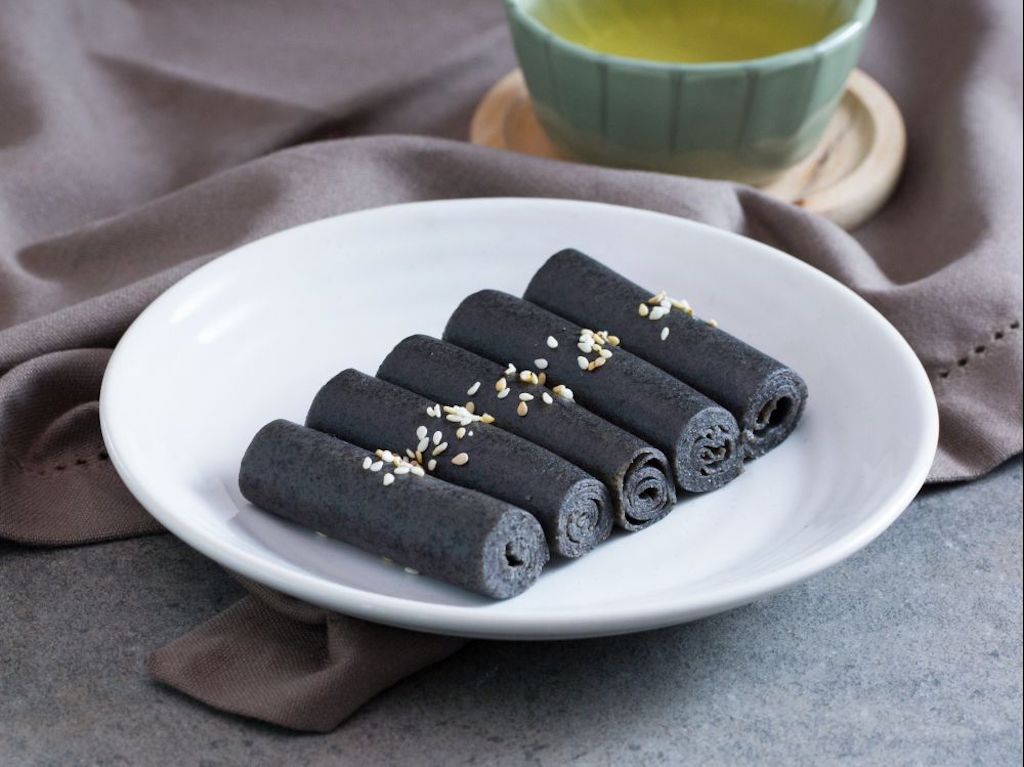
4. Black sesame rolls (芝麻卷) – zi ma geun
Technically not a tong sui, but definitely a traditional Cantonese dessert, black sesame rolls (zi ma geun) are made with black sesame, water chestnut flour, corn starch, vegetable oil and sometimes wheat flour. The mixture is then spread into a thin sheet and refrigerated before rolled up and cut into adorable chewy rolls.
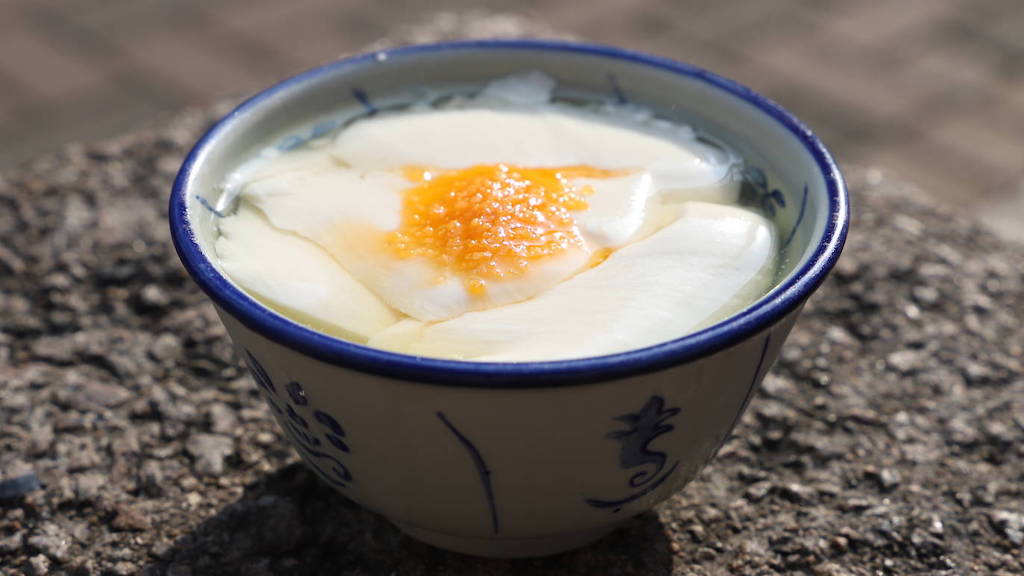
5. Tofu fa (豆腐花) – dou fu fa
Perhaps the most classic Hong Kong dessert out there is tofu fa (dou fu fa) – which literally means “tofu flower” in Cantonese. It is made in a wooden bucket, where freshly made soya milk is cooked with gypsum flour, which coagulates to form a silky smooth pudding. A shallow ladle is then used to serve the pudding beautifully layer by layer. Because dou fu fa itself isn’t sweetened, it is usually eaten with ginger syrup or brown sugar.
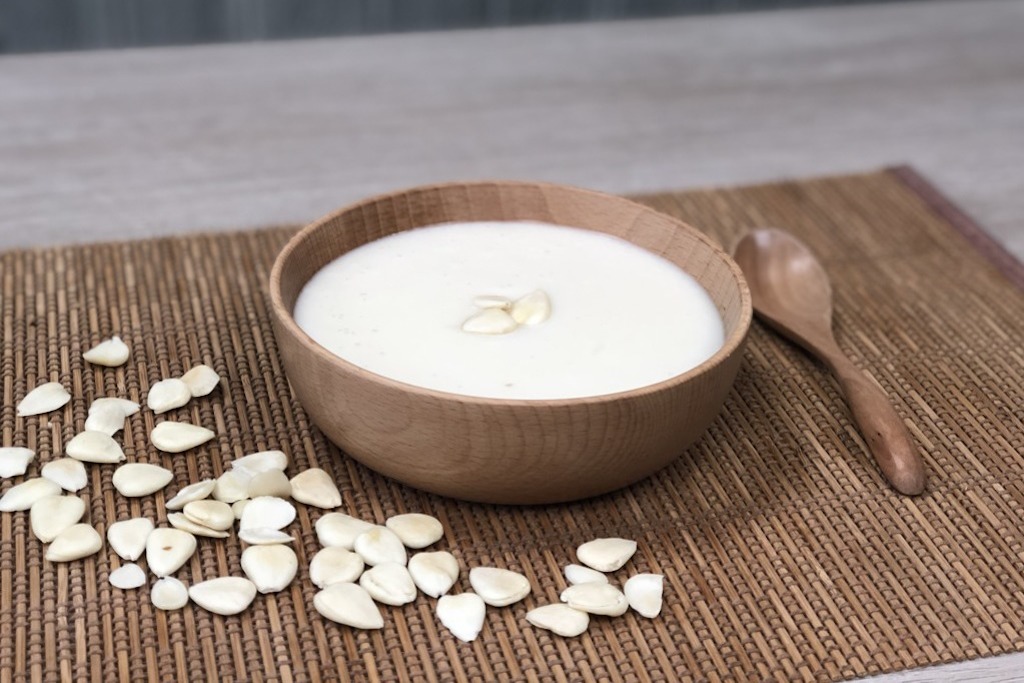
6. Almond tea (杏仁茶) – hang yun cha
Almond tea (hang yun cha) is made with Chinese sweet almonds (apricot kernels) and glutinous white rice, which are ground into a paste before being strained into a paste. It’s called a tea because the word can be used to refer to a drink, and was traditionally enjoyed in imperial families as a healthy delicacy that promotes glowing skin. Note that sometimes, it’s served with an egg white so just make sure to ask for without!
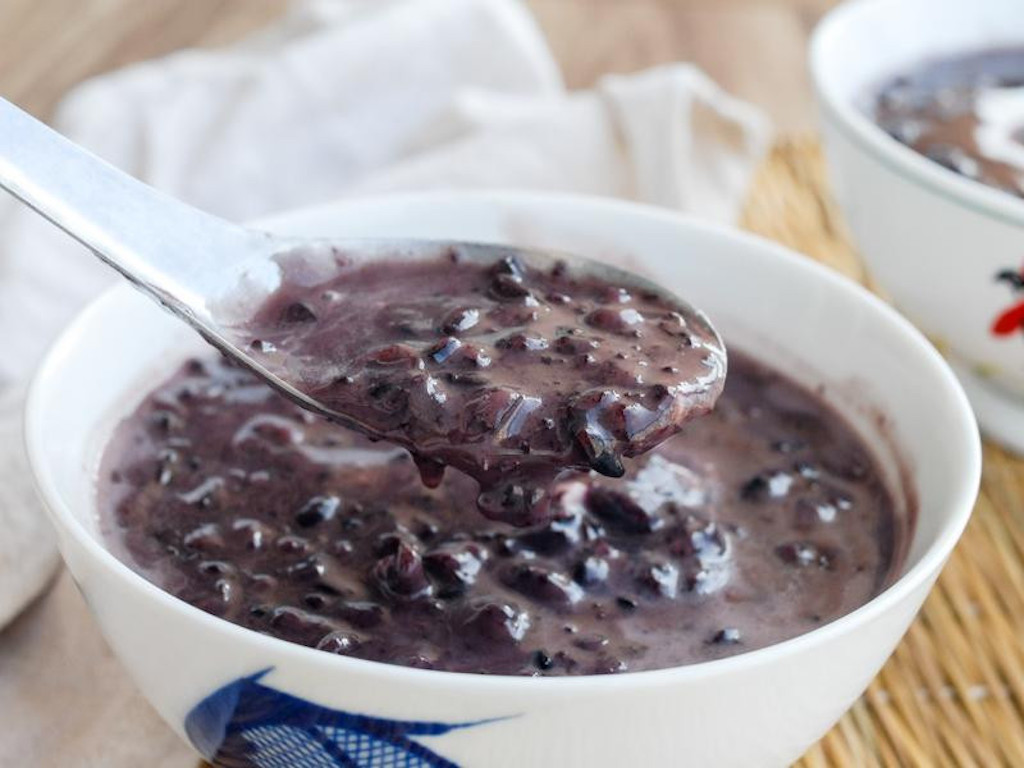
7. Black glutinous rice with coconut milk (椰汁紫米露) – ye zap zi mai lou
Black glutinous rice and coconut milk (ye zap zi mai lou) is a classic Hong Kong dessert that is pretty self-explanatory. Black glutinous rice (known as purple sticky rice in Cantonese) is cooked and served cold with coconut milk or coconut cream, and sometimes served with added toppings such as sago, mango and sweetened red beans.
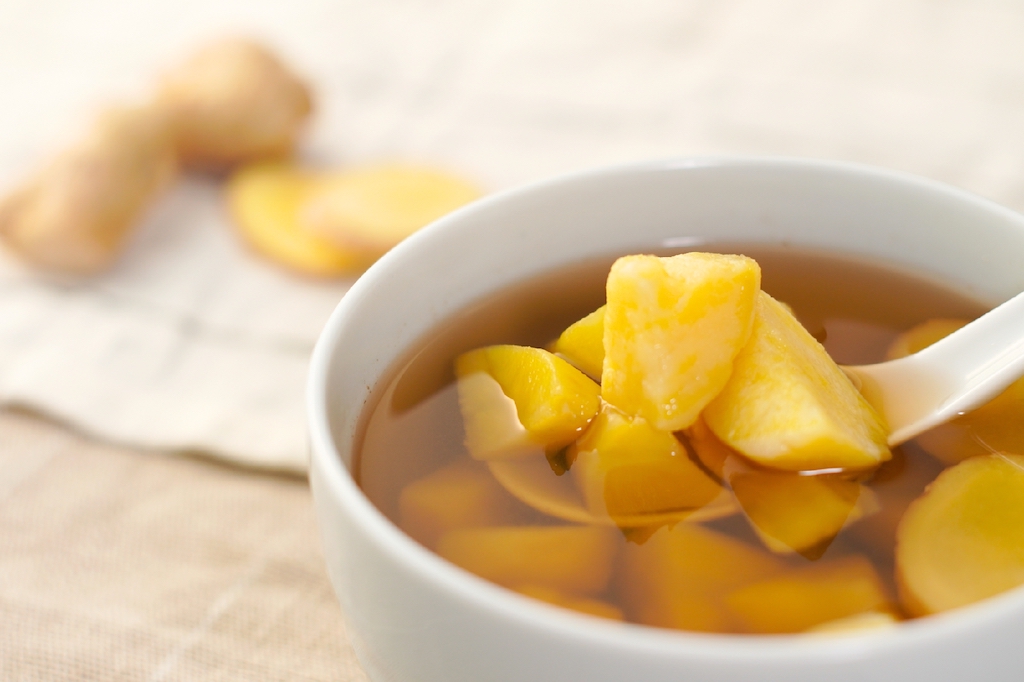
8. Sweet potato ginger sweet soup (番薯薑糖水) – fan su geung tong sui
This warming dessert – sweet potato ginger soup (fan su geung tong sui) – is definitely one to go for in the winter months. Made using those two ingredients and sometimes with red jujube too, this dessert is said to be nourishing for your entire body, restores warmth and helps clear toxins while providing a good dose of beta-carotene.
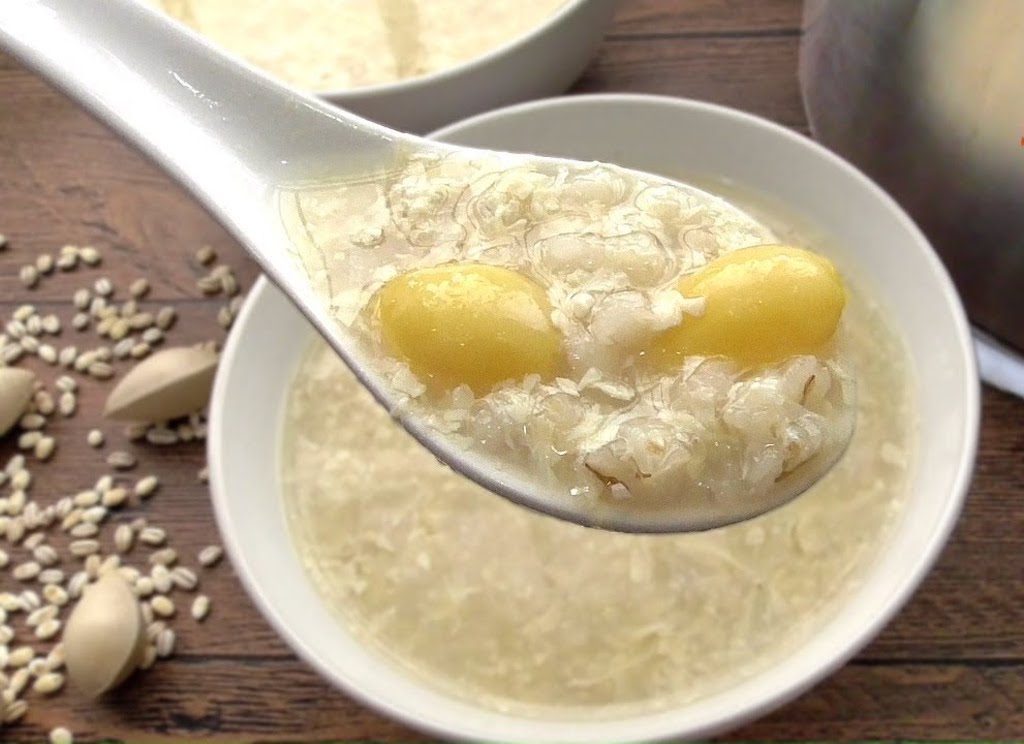
9. Beancurd skin sweet soup (腐竹糖水) – fu zhuk tong sui
Beancurd skin sweet soup (fu zhuk tong sui) is the lesser known tofu-based Cantonese dessert. It’s made with tofu skin, which is boiled with white rock sugar alongside gingko nuts and barley. While sometimes served with a boiled egg, it’s fairly common to go without, which makes this traditional sweet soup vegan-friendly. Besides being absolutely delicious, beancurd skin sweet soup is said to help relieve dry throats, fight inflammation and is also high in protein.
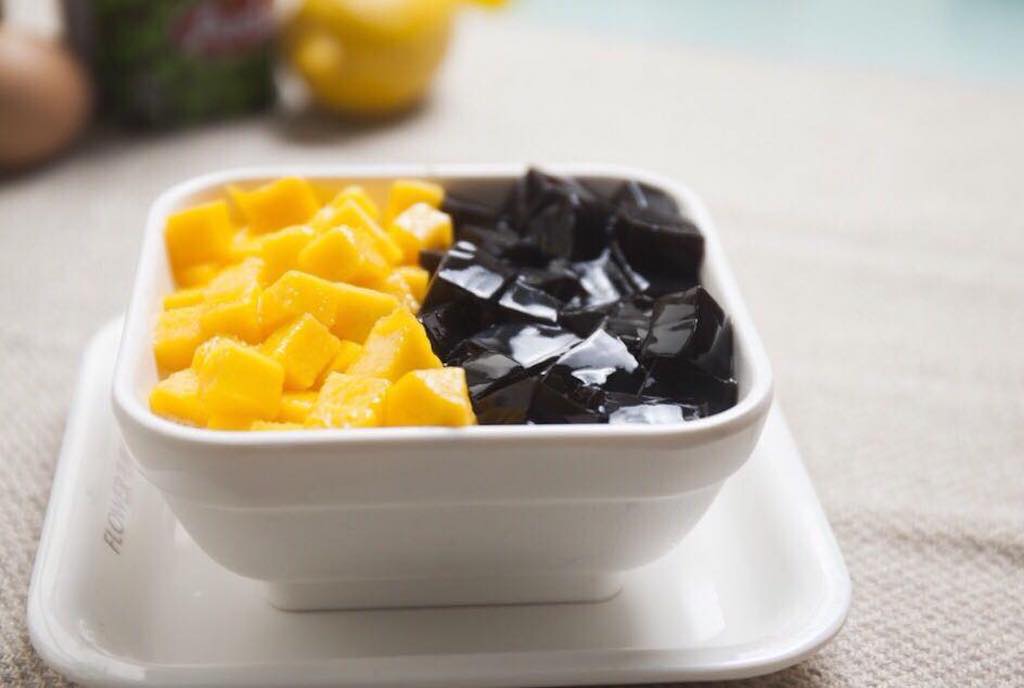
10. Grass jelly (涼粉) – leung fun
Grass jelly (leung fun) is the dessert to go for in the summer months. Unlike Western jellies that often contain gelatine, making it not vegan or vegetarian-friendly, grass jelly is actually created by boiling the stalks of the Platostoma palustre plant, then cooling it to a jelly-like consistency. It tastes mild and slightly bitter, and is therefore often served with other toppings such as fruit, nata de coco, sweetened red beans and coconut milk.
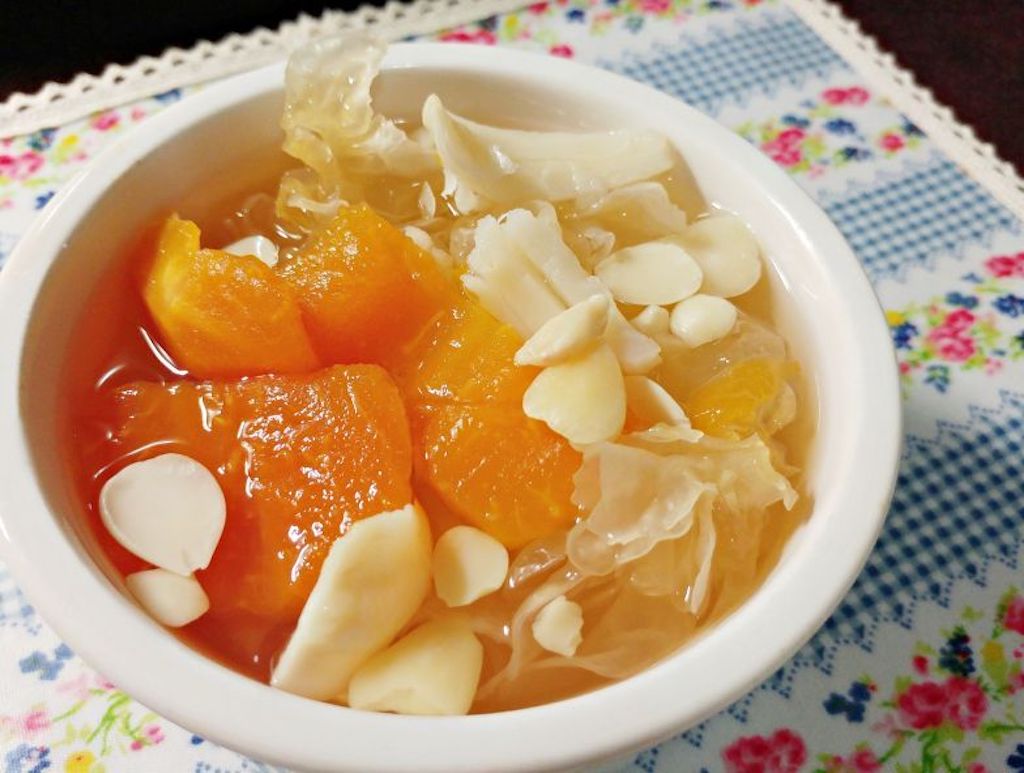
11. Papaya snow fungus sweet soup (木瓜雪耳糖水) – muk gua suet yi tong sui
Papaya snow fungus sweet soup (muk gua suet yi tong sui) is a nourishing dessert made using a number of light-coloured ingredients – snow fungus, Chinese sweet almonds and lily bulbs – alongside papaya, red jujube or longan. The end product is a balanced and soothing sweet soup that is often touted as great for improving skin complexion and elasticity, while also improving lung and respiratory health.
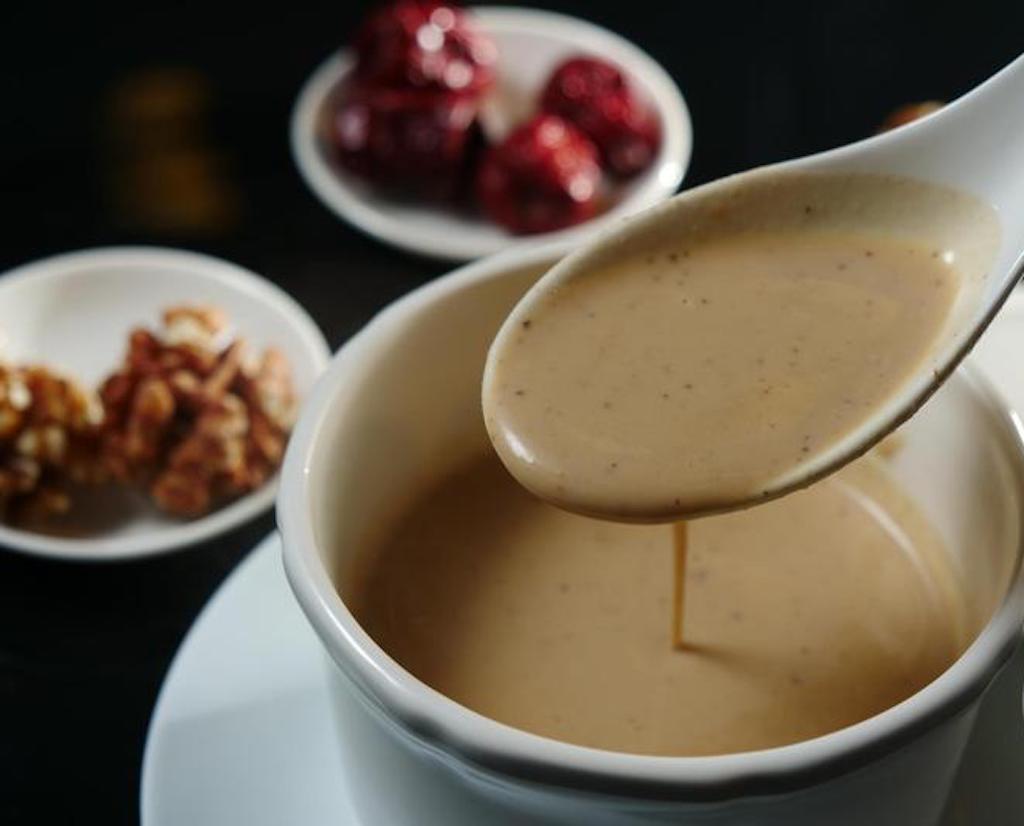
12. Walnut soup (核桃糊) – hup tou wu
Walnut soup (hup tou wu) is made from water, walnuts, rice flour and sugar. Sometimes, coconut milk is added for an extra creamy result, or sugar is subbed out for red jujube and peen tong (Chinese brown candy) to sweeten the dessert naturally. After grinding and sieving, the final “paste” is very smooth, and the soup has a rich nutty flavour. This old fashioned sweet soup is sometimes served as a “yin-yang” option alongside black sesame soup, and is said to be great for brain function and memory.
Lead image designed by Green Queen Media

